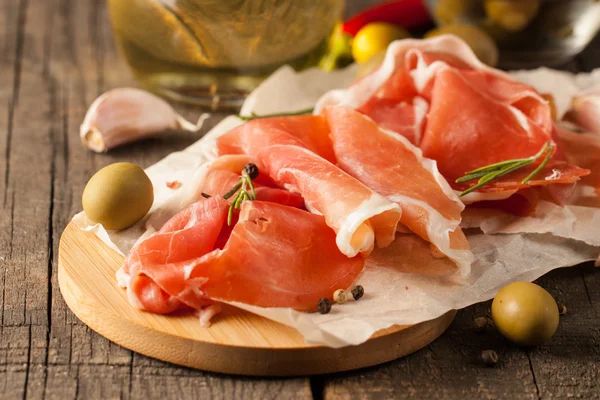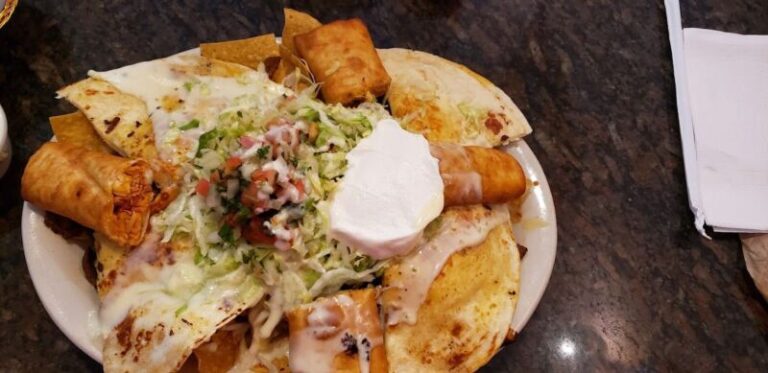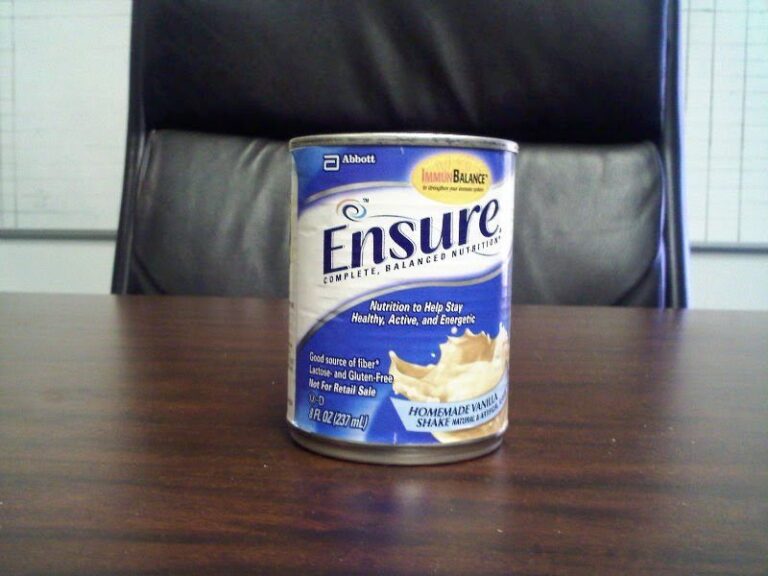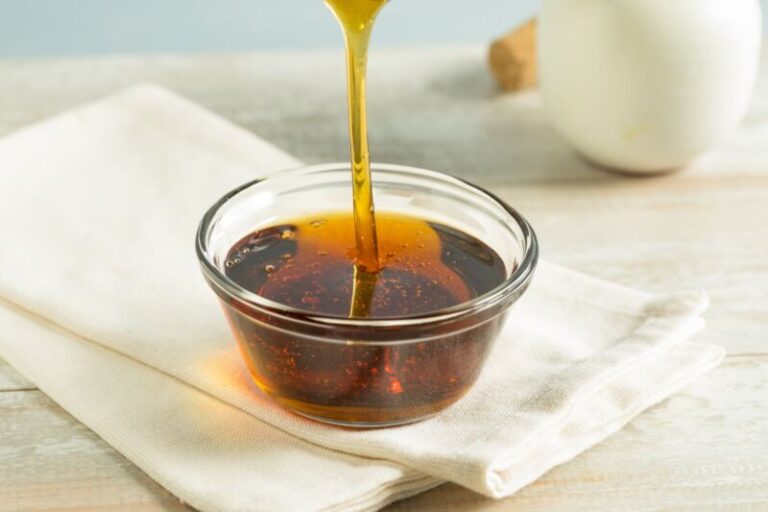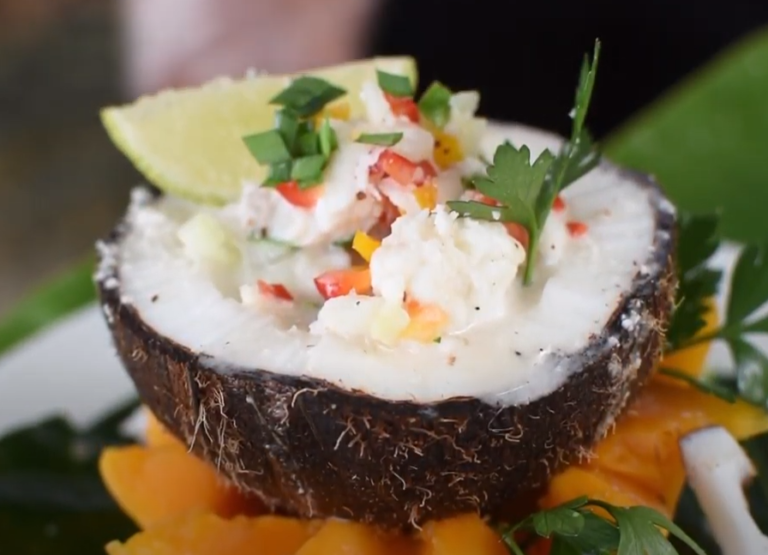Can You Substitute Prosciutto For Pancetta?
If you love Italian cuisine, you probably have encountered prosciutto and pancetta in many dishes. These two cured meats are staples in Italian cooking, and they add a lot of flavor and texture to salads, pastas, pizzas, sandwiches, and more. But what are the differences between prosciutto and pancetta? And can you substitute one for the other in recipes? In this blog post, we will answer these questions and provide some tips and suggestions for using prosciutto and pancetta in your cooking.
What is Pancetta?
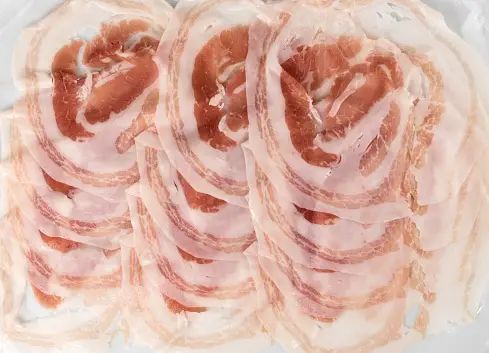
Pancetta is an Italian cured meat made from pork belly. It is similar to bacon, but it is not smoked. Instead, it is seasoned with salt, pepper, herbs, and spices, and then rolled into a cylindrical shape and aged for a few months. Pancetta has a rich and salty flavor, with a hint of sweetness and spice. It is usually sold in thin slices or diced cubes, and it is cooked before eating.
What is Prosciutto?
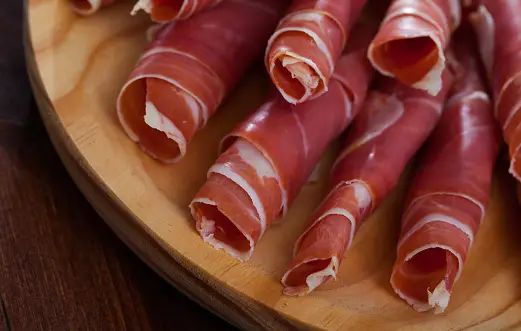
Prosciutto is another Italian cured meat made from pork. However, unlike pancetta, prosciutto is made from the hind leg or thigh of the pig. It is also seasoned with salt and sometimes herbs, but it is not rolled or aged. Instead, it is hung to dry for several months or even years. Prosciutto has a delicate and sweet flavor, with a soft and silky texture. It is usually sold in paper-thin slices, and it can be eaten raw or cooked.
Differences between Pancetta and Prosciutto
As you can see, pancetta and prosciutto are quite different in terms of their origin, production process, flavor profile, and appearance. Here are some of the main differences between them:
- Cut of meat: Pancetta is made from pork belly, while prosciutto is made from pork leg or thigh.
- Curing process: Pancetta is seasoned, rolled, and aged, while prosciutto is salted and dried.
- Flavor profile: Pancetta is rich, salty, sweet, and spicy, while prosciutto is delicate, sweet, and mild.
- Texture: Pancetta is firm and chewy, while prosciutto is soft and tender.
- Appearance: Pancetta is sold in slices or cubes, while prosciutto is sold in thin slices.
- Cooking method: Pancetta is cooked before eating, while prosciutto can be eaten raw or cooked.
Can You Substitute Prosciutto for Pancetta?
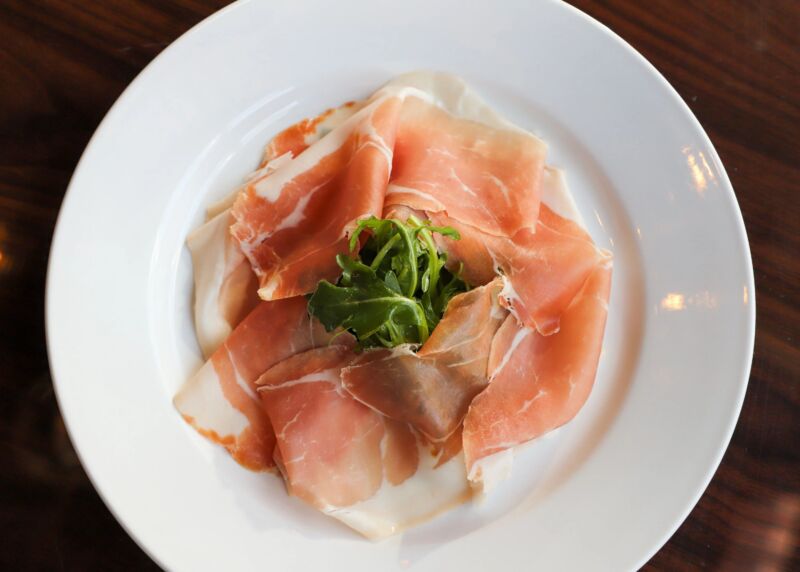
The answer to this question depends on the recipe and your personal preference. In general, prosciutto and pancetta are not interchangeable in recipes because they have different flavors and textures. However, there are some cases where you can substitute one for the other without compromising the dish too much.
For example:
- If you need to add some crunch or crispiness to your dish, you can use pancetta instead of prosciutto. Pancetta will render more fat when cooked, which will create a crispy texture. Prosciutto will not crisp up as much as pancetta when cooked.
- If you need to add some sweetness or mildness to your dish, you can use prosciutto instead of pancetta. Prosciutto will add a subtle sweetness and a smooth texture to your dish. Pancetta will add more saltiness and spiciness to your dish.
- If you need to add some color or contrast to your dish, you can use either prosciutto or pancetta depending on the other ingredients. Prosciutto will add a pinkish hue to your dish, while pancetta will add a reddish-brown hue to your dish.
How to Substitute Prosciutto for Pancetta
If you decide to substitute prosciutto for pancetta in your recipe, here are some tips and suggestions to make the best of it:
- Adjust the amount: Since prosciutto has a milder flavor than pancetta, you may need to use more of it to achieve the same level of flavor intensity. Conversely, if you use less prosciutto than pancetta in your recipe, you may need to add more salt or other seasonings to balance the taste.
- Adjust the cooking time: Since prosciutto has a softer texture than pancetta, you may need to cook it for less time than pancetta to avoid overcooking it or drying it out. Alternatively, you can add the prosciutto at the end of the cooking process or after the dish is done to preserve its texture and moisture.
- Adjust the temperature: Since prosciutto has a lower fat content than pancetta, you may need to lower the temperature when cooking it to prevent it from burning or sticking to the pan. You can also add some oil or butter to the pan to help the prosciutto cook evenly and smoothly.
Recipes that Use Prosciutto or Pancetta
Here are some recipes that use either prosciutto or pancetta as an ingredient. You can try them with either meat or experiment with substituting one for the other and see how it affects the outcome.
- Spaghetti Carbonara: This classic Italian pasta dish is made with eggs, cheese, black pepper, and pancetta. You can use prosciutto instead of pancetta for a lighter and sweeter version.
- Prosciutto-Wrapped Asparagus: This simple and elegant appetizer is made with asparagus spears wrapped in thin slices of prosciutto and baked until crisp. You can use pancetta instead of prosciutto for a richer and spicier version.
- Pancetta and Mushroom Risotto: This creamy and comforting rice dish is made with arborio rice, chicken broth, white wine, butter, parmesan cheese, pancetta, and mushrooms. You can use prosciutto instead of pancetta for a more delicate and refined version.
- Prosciutto and Melon Salad: This refreshing and colorful salad is made with cantaloupe or honeydew melon, prosciutto, baby spinach, balsamic vinegar, olive oil, salt, and pepper. You can use pancetta instead of prosciutto for a more savory and crunchy version.
Conclusion
Prosciutto and pancetta are both delicious cured meats that can enhance your dishes with their distinct flavors and textures. However, they are not exactly the same, and substituting one for the other may not always work well. Therefore, it is important to understand the differences between them and how to use them properly in your recipes. We hope this blog post has helped you learn more about prosciutto and pancetta and how to substitute them in your cooking. Bon appétit!
